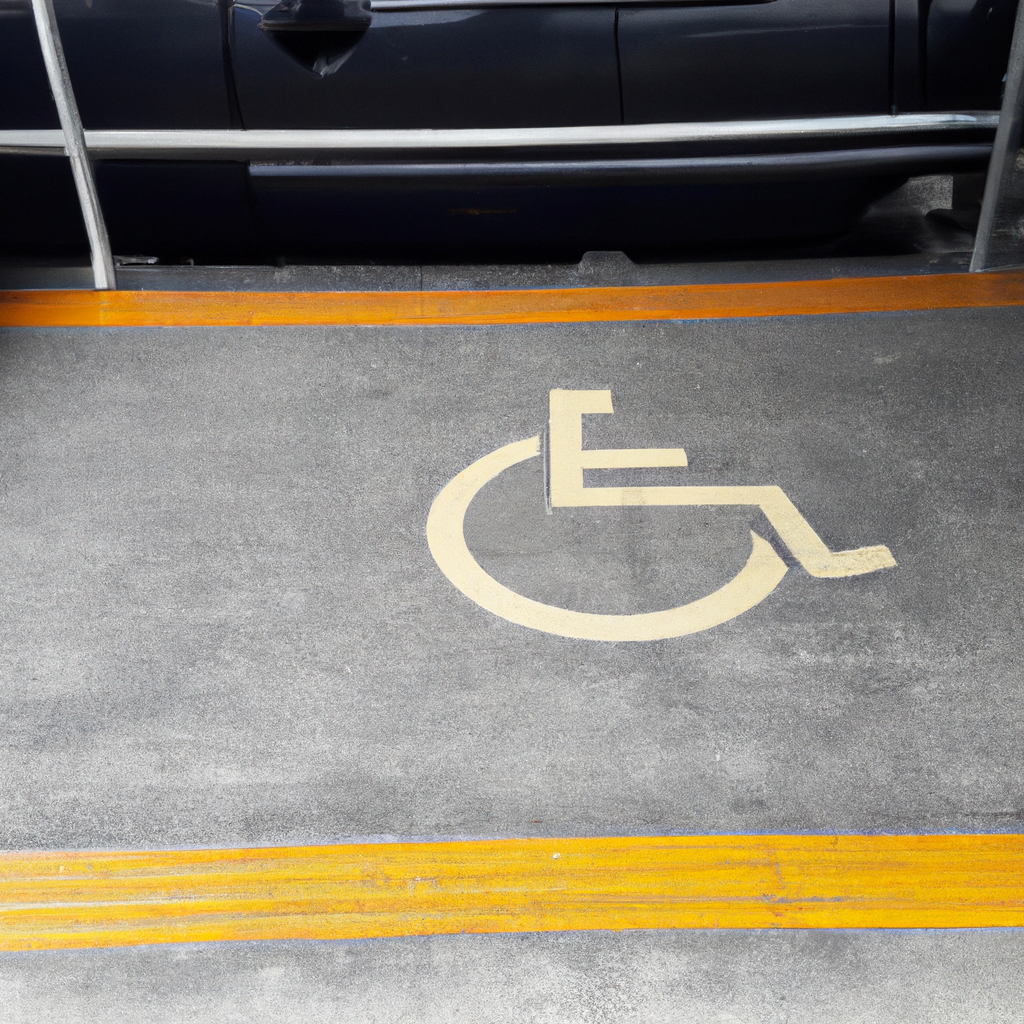Kinesiology, derived from the Greek words “kinesis” (movement) and “logos” (study), is a multidisciplinary field that explores the mechanics and dynamics of human movement. Rooted in both scientific principles and holistic philosophies, kinesiology has gained recognition for its profound impact on health and wellness.
Understanding the Basics
In its essence, kinesiology delves into the intricate relationship between the body’s structure and function, encompassing the study of muscles, bones, joints, and the nervous system. By understanding the biomechanics and physiology of movement, practitioners of kinesiology aim to optimize physical performance and prevent injuries.
Applications of Kinesiology
Kinesiology finds versatile applications in various domains, ranging from sports performance enhancement to rehabilitation and injury prevention. Its diagnostic techniques, such as muscle testing, offer insights into imbalances and dysfunctions within the body, guiding personalized treatment approaches.
Kinesiology Techniques
Central to kinesiology are its diverse array of techniques, including muscle testing, energy balancing, and movement therapies like yoga and Pilates. These modalities aim to restore harmony within the body, addressing not only physical ailments but also promoting emotional and mental well-being.
Benefits of Kinesiology
The benefits of kinesiology extend beyond the physical realm, encompassing emotional and mental health aspects. By addressing imbalances in the body’s energy systems, kinesiology fosters a sense of overall well-being and vitality, empowering individuals to lead healthier, more fulfilling lives.
Kinesiology in Alternative Medicine
In the realm of alternative medicine, kinesiology plays a pivotal role, offering complementary therapies that integrate seamlessly with conventional treatments. Its holistic approach considers the interconnectedness of body, mind, and spirit, guiding individuals towards a balanced and harmonious state of being.
Evidence and Research
While some skeptics may question the efficacy of kinesiology, a growing body of scientific research supports its therapeutic benefits. Clinical studies and empirical evidence demonstrate its effectiveness in improving physical function, reducing pain, and enhancing quality of life for individuals across diverse populations.
Training and Certification
To practice kinesiology professionally, individuals undergo rigorous training and certification processes, ensuring competency and adherence to ethical standards. Accredited programs provide comprehensive education in anatomy, physiology, and kinesiology techniques, equipping practitioners with the skills necessary to make a positive impact on their clients’ health.
Incorporating Kinesiology into Daily Life
Beyond clinical settings, kinesiology offers practical tools and strategies for self-care and preventive health maintenance. By incorporating simple practices such as stretching, mindfulness, and breathwork into daily routines, individuals can harness the wisdom of kinesiology to optimize their health and well-being.
Case Studies and Success Stories
Numerous case studies and success stories attest to the transformative power of kinesiology in healing. From athletes recovering from injuries to individuals managing chronic conditions, kinesiology has helped countless people reclaim their health and vitality, inspiring hope and resilience along their healing journeys.
Challenges and Limitations
Despite its growing popularity, kinesiology faces challenges such as limited accessibility and skepticism within mainstream medicine. Addressing these barriers requires ongoing advocacy and education, as well as continued research to validate its efficacy and ensure its integration into comprehensive healthcare systems.
Future Directions
As the field of kinesiology continues to evolve, exciting opportunities emerge for innovation and advancement. From harnessing technology for remote consultations to exploring novel therapeutic modalities, the future of kinesiology holds promise for revolutionizing healthcare and empowering individuals to take charge of their well-being.
Global Perspectives on Kinesiology
Kinesiology’s impact transcends geographical boundaries, with diverse cultures embracing its principles and practices. From ancient healing traditions to modern integrative medicine approaches, kinesiology bridges cultural divides, offering a universal language of healing that unites people around the world.
Promoting Awareness and Accessibility
To ensure that kinesiology remains accessible to all, concerted efforts are needed to raise awareness and break down barriers to access. Community outreach programs, advocacy initiatives, and collaborations with healthcare providers can expand the reach of kinesiology, making its benefits available to individuals from all walks of life.
Conclusion
In conclusion, kinesiology represents a powerful paradigm shift in healthcare, integrating scientific knowledge with holistic principles to unlock the body’s innate wisdom and healing potential. By embracing the principles of kinesiology and incorporating its practices into daily life, individuals can embark on a journey of self-discovery and transformation, reclaiming their health and vitality in body, mind, and spirit.











